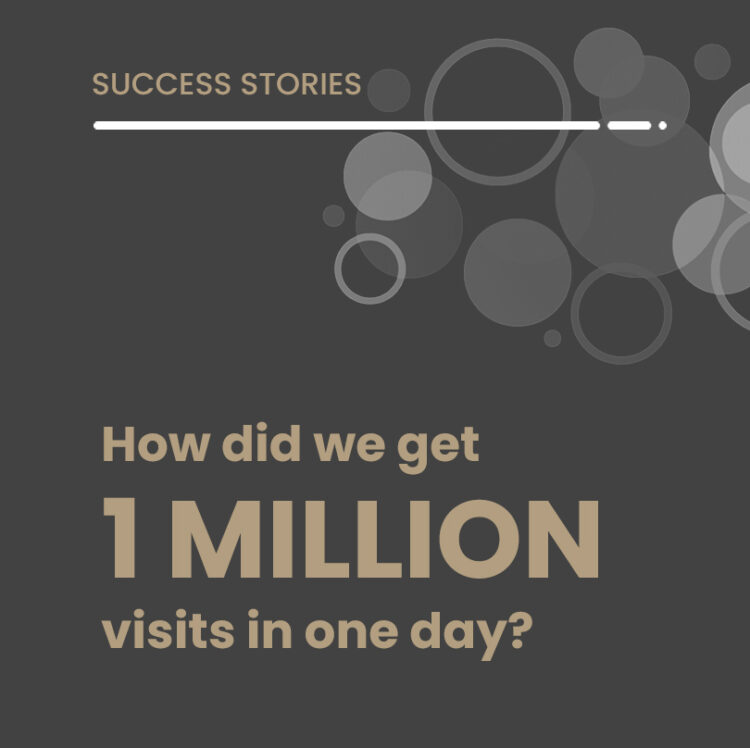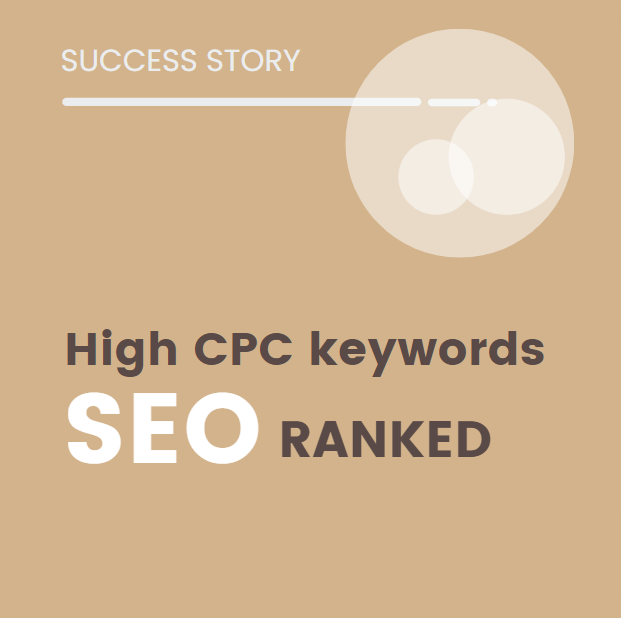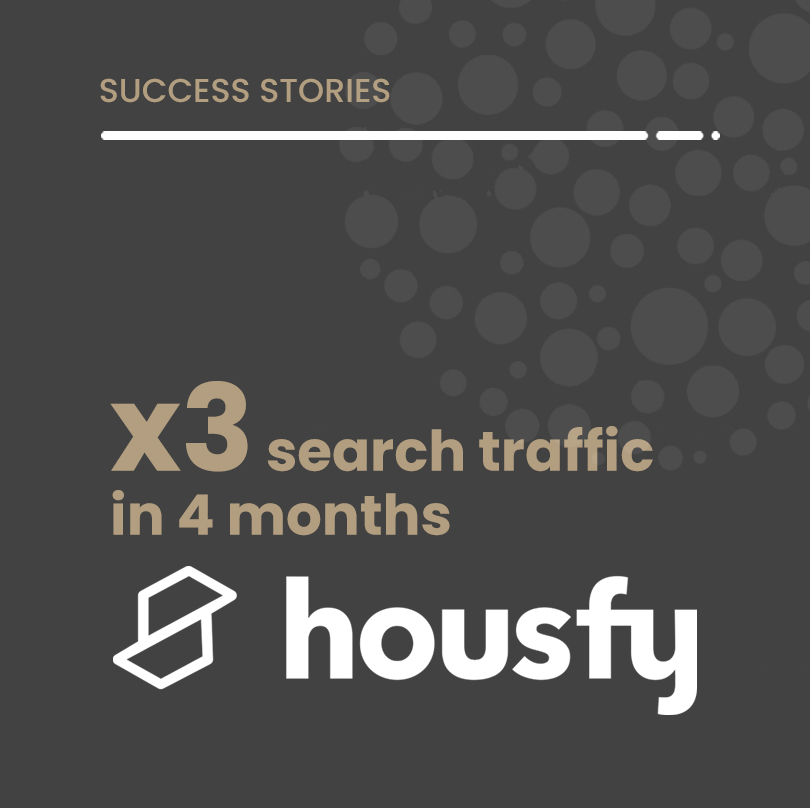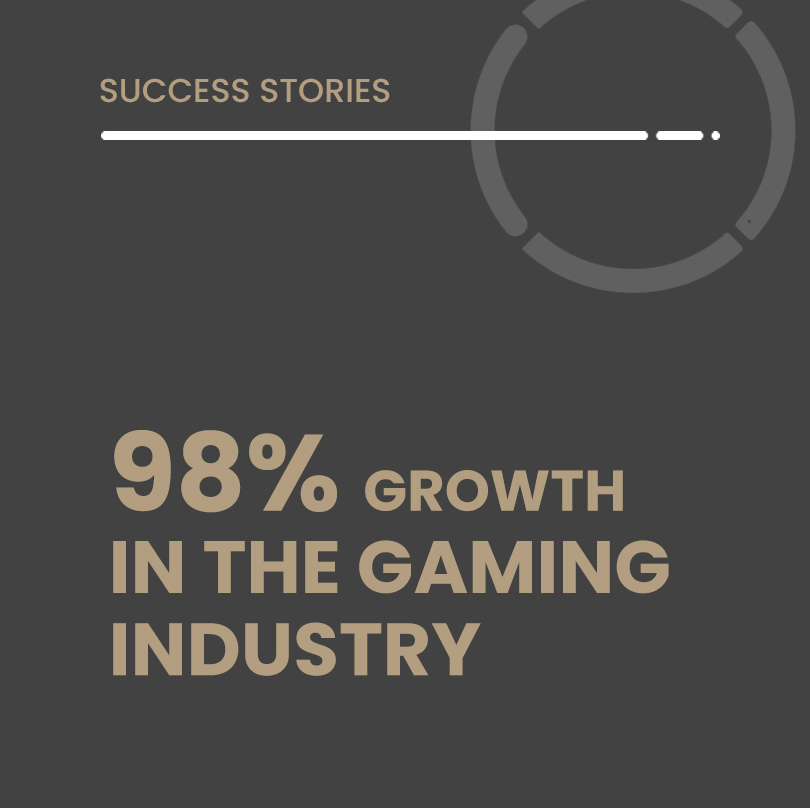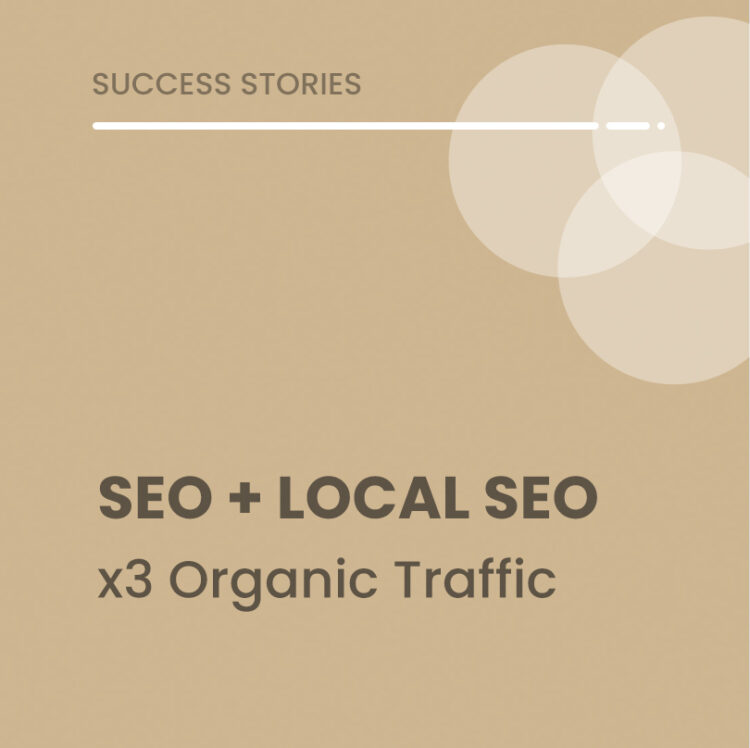- A pharmacy market where OTC (over the counter) intermediaries or retailers have no place in the paid results of Google’s search engine.
- A budget reduced to €100 per day, which is minimal compared to the colossal advertising investment figures of the big marketplaces and pharmaceutical companies.
Well, with all this going against us and the client, a local pharmacy based in Barcelona, we were able to get all this::
- Growing conversions at pace of 38.26% every six months.
- Conversion value increased by 61.35%.
- A 16% CTR improvements on ads.
- Drop in Cost/Conversion to €5.05 compared to €6.23 in the previous period.
- And an increase in ROAS of 44.76% to an average of 10.15 euros return per euro spend
As you can understand, we are very proud of what the team led by Alba Brotons has achieved and the way they have approached the PPC strategies.
Do you want to know how we did it?
Well, hold on to the next paragraphs, because we are going to tell you how we achieved these numbers and how we helped our client to multiply their results.
Let’s get started:
Starting point: A small team that kills giants
As we mentioned before, our client is a pharmacy located in a district of Barcelona with which we have been working for some time.
Specifically, for this pharmacy, we developed and launched their website and since then we have managed the organic channel.
It is significant to note that the momentum of the SEO channel has helped us to rebuild trust in our services. Although we will not delve into the specifics of the SEO strategy and its results, our success in this area has resulted in renewed confidence from the client.
As a result, they have once again turned to us for assistance in managing their paid channel.
However:
For this purpose, we were immediately presented with great dilemma.
Is it possible to compete with real giants in the pay-per-click area when you know you don’t have the depth and resources of the big brands and marketplaces?
After analyzing the market thoroughly, we conducted a PPC feasibility study. We also collected account data and performed some tests on Google ADS. Additionally, we employ our in-depth knowledge of the industry. As a result of our efforts, we were able to identify gaps where we could potentially fit in.
The question was knowing how to choose the right times of the year:
- Determine what to promote.
- Adapt the offer, playing with prices and recruitment promotions.
- And above all, getting rid of the veto imposed by Google on the sale of OTC medicines for distributors.
Yes, you read that right. A pharmacy cannot use Google shopping to sell OTC products.
Let’s see below how we overcome and define the PPC strategy to get around all these obstacles.
Challenge: Overcoming Google's veto on non-manufacturers
Google has a policy of not allowing ads for prescription drugs in its ads.
This is similar for some OTC (Over the Counter) products.
It seems illogical when you think about it.
Specifically, any product that falls into these categories:
- medicines
- medicine cabinet
- orthopedics
- COVID-19
It is subject to veto by Google Merchant and will not be shown in ads, unless you are the manufacturer or a large distributor.
Even so, it is not impossible to get these products into the Google shopping carousel.
In fact, for this particular client we achieved a level of acceptance of their product catalog close to 92% with more than 1,542 products being advertised.
Let’s see, therefore, the strategy that has allowed us to achieve such visible results:
Strategy and Solution provided by iSocialWeb: semi-automated management with Performance Max
From the start, it was clear to us that Performance Max campaigns were going to be our best ally.
This new machine learning system introduced by Google was to replace shopping intelligence campaigns from August 2022.
And we used it to leverage our efforts.
In this way, with only 3 people partially dedicated to the management of a catalog with more than 2,000 products, we were able to deal with the daily optimization of ads, copy, and multimedia content on the website and other recruitment channels.
Let’s now take a look at the main lines of action:
Pillar 1: Segment Generation
Performance Max works with machine learning, but to get the most out of it, it needs to be fed with data so that it can learn and start working autonomously.
To do this, we administered doses of data with all the databases we had at our disposal. Among them:
Google Analytics,
Our own databases (history of buyers, cart abandonment, newsletter users).
And connection with YouTube.
In addition, we defined customized audience segments to further refine the results, filtering their interests very well, providing browsing data, names of competitors and leading websites in the industry.
After a few days in which we let Performance Max learn, we started to restrict the programming, introducing time slots for ads at the most profitable purchase times.
And we continued to narrow down other variables to improve the profitability of the campaigns.
Pillar 2: Forecasting seasonality of demand
At this point, we decided to keep a close eye on the seasonality of the different products sold in the pharmacy.
What does this mean?
Quite simply, if you are a doctor or work in the health industry, you are surely familiar with the seasonality of pathologies.
Many of them appear in short periods of time and very suddenly, triggering the demand for treatments.
A clear example of this is seasonal flu, which triggers the consumption of certain antivirals, medicines for nasal congestion or immediate relief of cold symptoms.
Another example is the usage of heartburn products at Christmas.
Well, talking to our client, we decided to pull out all the stops and promote more intensively the products with peak demand as soon as we detected it, creating an early warning system based on:
- Epidemiological data.
- Google Trends.
- Sales data.
- The pharmacy’s accumulated experience.
So far, no surprises or anything out of the ordinary.
Although, we are sure that you would be surprised at the number of e-commerce companies that ignore this point to unsuspected extremes.
Pillar 3: Adjust prices and promotions properly
Once we had our product-pathology seasonality map ready.
It was time to beat the competition
To ensure we always had the best offer for the end customer, we established a price monitoring system.
This system allowed us to track the prices of our competitors’ products.
Based on this information, we could determine which products we should offer at the same or lower cost. We then used this data to update our promotions within the Merchant feed. In doing so, we were able to provide the most competitive pricing to our customers.
This, without a doubt, together with the 5% discount policy for the first order and free shipping for orders over 60 euros, made our work much easier in terms of conversions and improving the customer’s quality rate.
In addition, the client willingly accepted our continuous advice on how to optimize the Merchant feed almost daily, where to make the necessary adjustments in pictures, prices, and attributes in order to improve.
This great coordination between property and agency, has allowed us to prepare campaigns with great anticipation and accuracy.
So far, we have had three big moments:
- Black Friday, a campaign of offers running from the end of October – November supporting deeper discounts on very specific products.
- Christmas and Epiphany campaign, anticipating medicines such as Almax for the peak demand produced by Christmas and New Year’s dinners.
- Respiratory virus campaigns in the run-up to winter, which are still ongoing.
As you can see, we have managed to put in place a very effective system to stay ahead of the competition.
Something that is very simple if you know how.
Pillar 4: Overcoming Google's veto
However, all of the above would have fallen apart if we had not been able to partially circumvent Google’s veto.
For some reason, Google considers the sale of OTC products to be a sensitive topic.
It takes the ban on ads for certain products related to:
- Covid-19
- First aid kit
- Orthopedics
- and medicines
No products related to Covid-19 or mentions related to it are shown in their shopping results or bidding at the maximum in their auction system.
All other categories have partial bans if any of the products violate any of Google’s policies, such as:
- Product identified on the non-exhaustive list of unapproved drugs and supplements.
- Products containing ephedra.
- Products containing DHEA and melatonin, unless specifically indicated as permitted in a particular country.
- Human chorionic gonadotropin (hCG) intended for weight loss or weight control, or promoted in conjunction with anabolic steroids.
- Herbal and food supplements with active pharmaceutical or dangerous ingredients.
- Products with false or misleading health claims, such as those claiming to be as effective as anabolic steroids, weight loss drugs, controlled substances and prescription drugs for erectile dysfunction.
- Products without government approval or without a prescription that are marketed in a manner that implies that they are safe or effective for use in the prevention, cure, or treatment of a particular disease or condition.
In spite of this, by working well on the product feed, we achieve an acceptance rate close to 100%.
So, how do we get out of this dead end, you may be asking yourself?
Well:
To start with, we brought out all our strengths.
We started by coordinating and establishing a working system to update almost daily the contents of the product page (image, video, descriptions) and advertisements.
We take great care of the copy, images, and video in order to return the new changes back to the Merchant feed.
This process is very demanding.
But fortunately, for all our clients, our PPC service includes the creation of optimized resources.
We fully manage the design of images, videos, and copy to ensure conversions.
And always have the Merchant feed optimized so that we can gain relevance and improve the Quality Score significantly.
In addition, in this particular case we had the help of Carlos, the pharmacy’s marketing manager and a dubbing enthusiast. So we were able to create quality video ads from free material obtained from Pexels and other online video galleries, in record time and at no cost.
Something that helped a lot to get around Google’s vetoes.
The outcome: A ROAS above 10 and growing
The results obtained by the application of this strategy speak for themselves:

In such a way that with a monthly investment of just €3,000, gross income of around €30,000 is obtained, which means a gross profit of more than €15,000.
All this, despite the fact that there are categories that cannot be marketed because they are restricted to intermediaries.
Even so, we have managed to convince Google to allow many of our products to be marketed through their channel and thus reduce the initial limitations, reaching an average catalog coverage rate of close to 92%.
Final thoughts on Performance Max
Leaving the campaigns semi-automated with the help of Performance Max has turned out to be a great success in this case.
This is despite the fact that Google’s new machine learning system was an unknown factor when it was launched in August 2022.
We have been able to optimize our results by focusing on our target audience signals.
Specifically, we have provided data on our target audience, which consists of retirees and women. Additionally, we have prioritized our most profitable product verticals, namely hair care and skin care products.
Through these efforts, we have been able to maximize the benefits of the new system.
This, combined with:
- the continuous effort to update and keep the Google Merchant product feed optimized
- and to take into account the seasonality of the pharmacy together with our strategy of best offer by price,
It has allowed us to obtain outstanding results.
In addition, having Joan and Carlos, both committed and very proactive, has made the work much easier through weekly feedback meetings with 7-day follow-up reports and results that have allowed us to react to every change in the environment very quickly and to discuss every task on a daily basis.
The bottom line:
We have achieved outstanding results in our Paid Advertising campaign for a pharmacy client thanks to the constant effort to keep the information updated and optimized in the Google Merchant product feed.
This, together with:
- A best-bid-for-price strategy.
- The commitment of our PPC experts.
- Weekly feedback with 7-day strategies.
Have been instrumental in making this project a PPC success story.
Alvaro Peña de Luna
Co-CEO and Head of SEO at iSocialWeb, an agency specializing in SEO, SEM and CRO that manages more than +350M organic visits per year and with a 100% decentralized infrastructure.
In addition to the company Virality Media, a company with its own projects with more than 150 million active monthly visits spread across different sectors and industries.
Systems Engineer by training and SEO by vocation. Tireless learner, fan of AI and dreamer of prompts.


